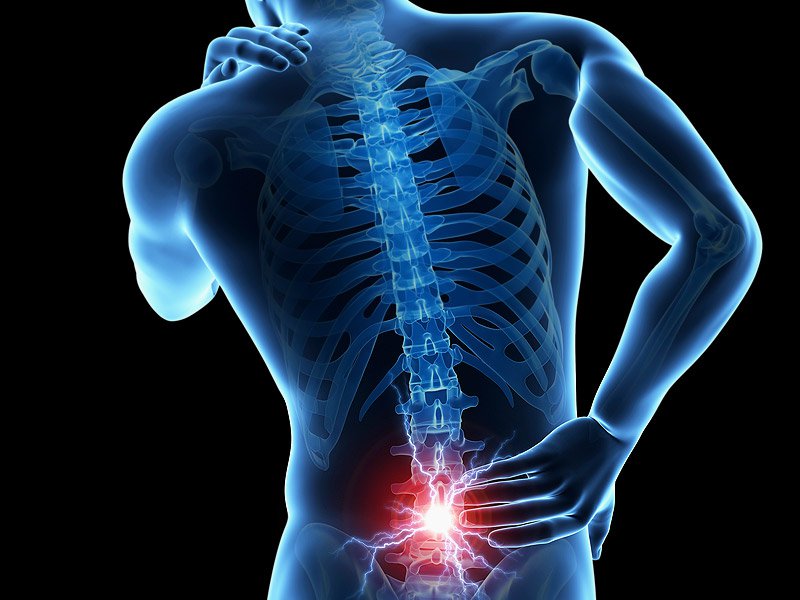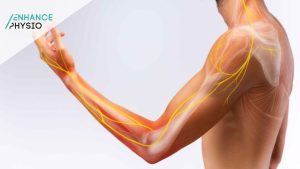Lower back pain is one of the most common complaints of musculoskeletal pain. Everyone is likely to have known someone or has experienced lower back pain themselves at one point in their life. The spectrum of severity of lower back pain can vary greatly and can impact physical, occupational, psychological and lifestyle factors. A percentage of those with more severe symptoms may end up requiring imaging investigations such an X-ray, CT, or MRI scans. Although these results may explain your symptoms, the results of imaging scans do not always correlate to what a person is experiencing.
There was a study by Brinjikji et al (2014), “Systematic Review of Imaging Features of Spinal Degeneration in Asymptomatic Population,” that showed degeneration, disc bulges, height loss, disc protrusions across a variable age population that had no symptoms of lower back pain despite the findings on imaging scans.

According to the results, more than 50% of people in their 30’s will exhibit some level of degeneration of the spine and disc bulges also occur in 50% of those in their 40’s. The incidence rates of both findings continue to increase with age. This evidence from this article shows that pain does not directly correlate with the physical changes that can occur at the lumbar spine. Everyone experiences lower back pain differently. Investigations are appropriate in certain cases, but findings may not be the only factor contributing to lower back pain symptoms.





